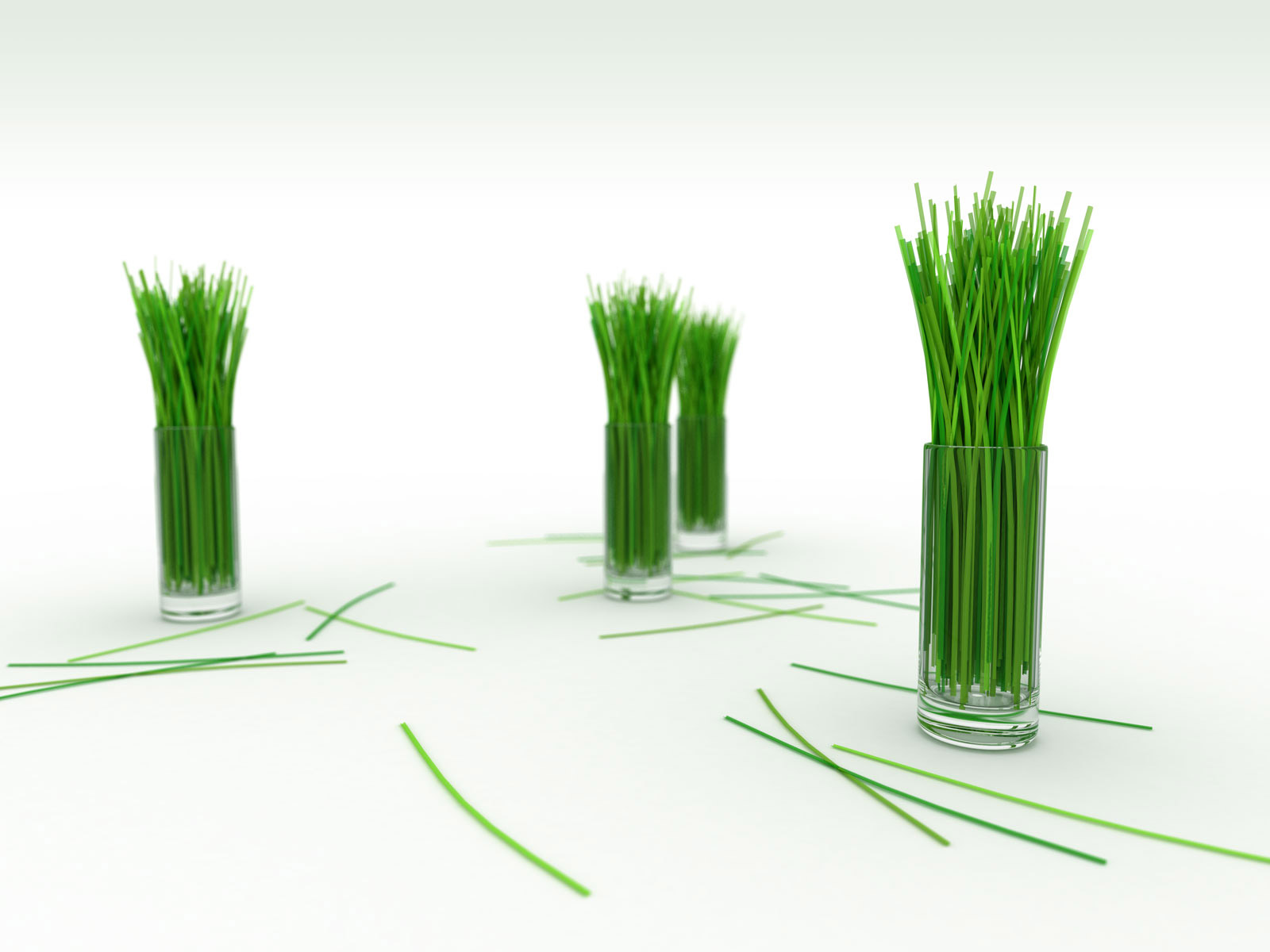Yes, water. Why you say? Consider this, water is so ubiquitous, so prevalent in cooking, that most (if not all) books, magazines, televisions don’t include is as an ingredient in recipes. But without it, you cannot cook (maybe you can, but how then would you clean the dishes to cook thereafter?). Due to its seemingly unlimited nature, we tend to overlook it for what it is: a miracle ingredient we use every daye. Water holds an extraordinary amount of thermal energy and convey its temperature very quickly to food. You’d have to leave your hand in a 100 degree C oven for a long time before you’d feel uncomfortable. Try sticking your inside the same temperature of water.
We need to know the charachter of water before we can fully understand how to use it to good effect to our cooking. Water have such a density that it is relatively slow to heat up, contains so much energy and is also slow to cool down. This density allows fat to rise to the surface of a soup or stock and be skimmed from the top. Water boils at 100 degree C and can exist simultaneously as liquid and solid at 0 degree C. Add salt to such an ice water and you lower the freezking point, making it colder and thereby allowing you to chill food very fast or to transform a custard into ice cream. When water gathers enough energy (by heat), it would not be able to contain its volume, thus turning into vapor, which contain even more energy than it has when it was in liquid form. Therefore, vapor, or steam, can be hotter than 100 degree C and makes an excellent cooking tool. Understanding water’s behaviour makes you a more efficient cook.
We use water as a cooking tool in five distinct ways:
- As a direct cooking medium (boiling, steaming, poaching)
- As an indirect cooking medium (water bath)
- For cooling and freezing
- In the from of brine
- As a tool to extract flavor from food and serving as the medium for flavor.
Boiling food, while seems simple enough, does involve some technique. The most common error people make when they boil food is using too little water. Boiling in abundant water is key to good boiling. It’s the energy that water can contain, not the volume of water, that matters. The more enery (more water),the faster you can cook what you’re boiling. Ideally, you should have so much water relative to the amount food that the water does not lose its boil when you put the food in. Pasta too, should be cooked in abundant water as quickly as possible. Steaming is much hotter than boiling, but less predictable. Steamed and boiled vegetables are almost identical, but i find boiling more consistent since you boil at temperature of 100 degree C always, but steaming can always get hotter. We poach food that benefits from moisture but does not benefit from speedy cooking of boiling which would damage the food. We poached fish, egg, delicate mixture of ground meat or seafood, and root vegetables. The techniques of poaching will be discussed elaborately in future posting.
Using water in indirect cooking involves having a barrier between the water and the food, some kind of vessel set into hot water, or having a saucepan with the intended food to cook rest inside another saucepan with hot water inside (a method called water bath). Using water bath takes advantage of water’s capacity for gentle heating to set custards and to cook other egg-based dishes. Part of the advantages of a water bath is that it is continuously evaporating; as the water becomes vapor, it takes the heat away with it. So even as water bath is heated by the oven, it is cooled by evaporation, ensuring that very moderate heat surrounds whatever you’re cooking. Prood of the gentleness of water bath cooking is that a cheesecake baked in an oven typically cracks as it cools; the same cooked in a waterbath in the oven will not.
When water contains enough salt, it becomes a brine. Brine flavors food. Aromatic seasonings in a brine get carried into the meat. We poached almost every food in a brine, such as court bouillon. Broths and stocks are examples of flavor extraction. When most foods are heated in water, the water takes on the flavor of the food. Imagine this remarkable and powerful charachter of water, the same thing doesn’t work with oil, or any other non water-based liquid. Using water, we extract the flavor of other foods (leftover chicken carcasses, for instances) to transfer the flavor into the water (becoming broth) which in turn is used to flavor another food, such as soups. Pour ingredients that are heavily water-based over food, and the flavors merge. Pour some water over sliced onion and carrot, and heat the water, and you’re gonna have a water that’s sweet and delicious from these sweet root vegetables. Use the water to poach a fish. Empty a can of peeled plum tomatoes over sauteed beef chuck, add some onion and garlic, simmer for a few hour, you’ll have a beef stew.
Water is indeed a miracle. It is also like a wild horse, it’s full of potential and such a powerful force, but it needs to be tamed first. Understand and learn how to control water will make you an excellent cook.
